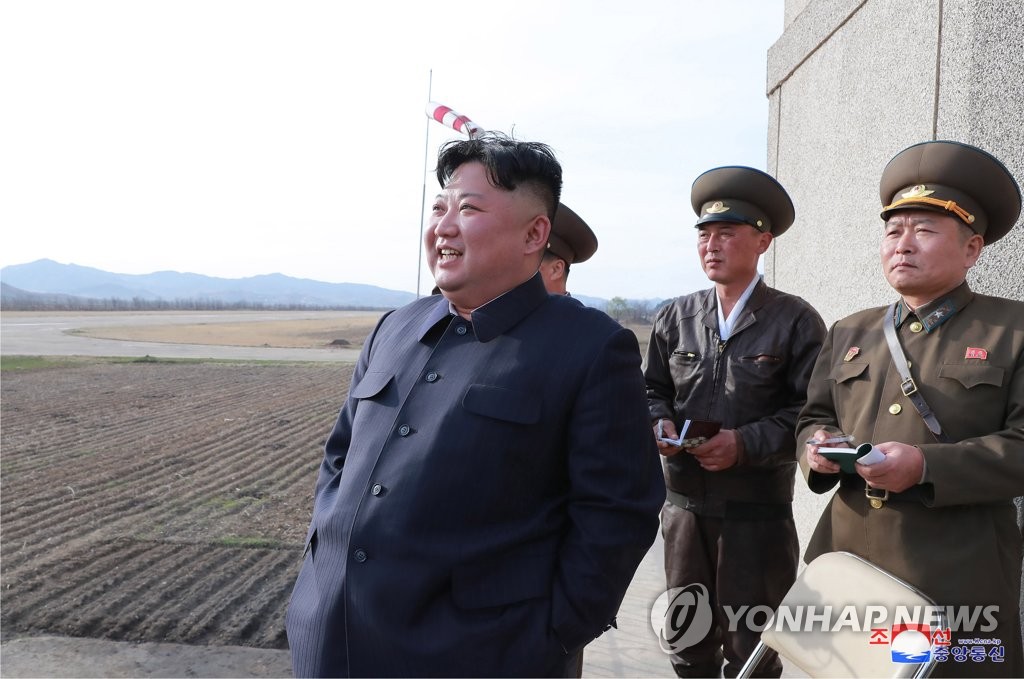(Reuters) – Satellite images from last week show movement at North Korea’s main nuclear site that could be associated with the reprocessing of radioactive material into bomb fuel, a U.S. think tank said on Tuesday. The U.S. State Department declined to comment on intelligence matters, but a source familiar with U.S. government assessments said that while U.S. experts thought the movements could possibly be related to reprocessing, they were doubtful it was significant nuclear activity.
***
SEOUL, April 18 (Yonhap) — North Korean leader Kim Jong-un has supervised a test-firing of a new tactical guided weapon, calling its development an “event of very weighty significance” in beefing up its military power, state media reported Thursday.
The Korean Central News Agency said the test happened Wednesday but did not specify what the newly developed weapon was. It was the first time since November the North’s leader has overseen a weapons testing.
“Saying that the completion of the development of the weapon system serves as an event of very weighty significance in increasing the combat power of the People’s Army, he noted that it is a very good thing that the field of national defense science has waged a dynamic struggle for attaining core research goals,” Kim was quoted as saying by the KCNA.
 North Korean leader Kim Jong-un inspects a flight drill of the North’s Air and Anti-aircraft Force on April 17, 2019, in this photo released by the Korean Central News Agency on April 18. As is customary, the agency didn’t provide the location. (For Use Only in the Republic of Korea. No Redistribution) (Yonhap)
North Korean leader Kim Jong-un inspects a flight drill of the North’s Air and Anti-aircraft Force on April 17, 2019, in this photo released by the Korean Central News Agency on April 18. As is customary, the agency didn’t provide the location. (For Use Only in the Republic of Korea. No Redistribution) (Yonhap)
“After watching the power of the new-type tactical guided weapon, he pointed out that our national defense scientists and workers in the field of the munitions industry performed another great work in increasing the country’s defense capabilities,” the KCNA said.
Kim also set the “phased and strategic goals” for maintaining his country’s munitions production, putting national defense science and technology on a “cutting edge level,” and ordering “detailed tasks and ways to attain them.”
The test-firing came after Kim suggested a year-end deadline for denuclearization negotiations with the United States following the breakdown of his February summit with U.S. President Donald Trump.
On Wednesday, Pyongyang’s media said that the North Korean leader visited an air force unit and reviewed a flight exercise in his first public inspection of military activities in five months.



